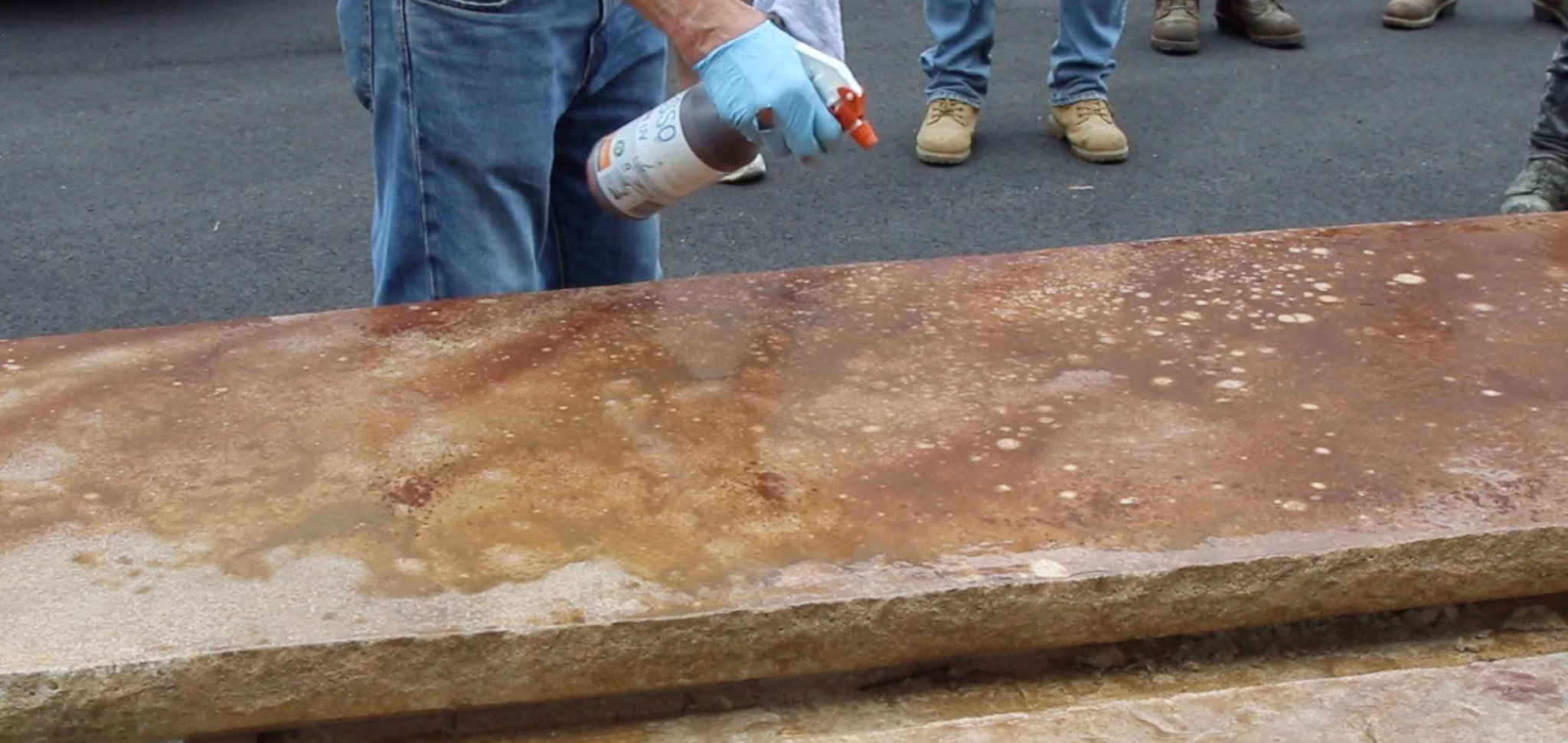How To Color Concrete Countertops
To stain, dye, or add integral pigment - that is the question. There are several ways to add color to your concrete countertop, and determining the options have a lot to do with the needs and desires of the customer.
While concrete on its own can be bland, decorative concrete can be enticing. Adding color or texture to your DIY concrete countertop is a quick, easy, and cost effective way to turn ordinary concrete into extraordinary concrete.
Color can be added integrally (mixed into concrete), or it can be applied after the concrete is poured through the use of stains or dyes.
Adding an integral pigment such as our Terra-Tint or Color-Packs is a great way to get a uniform color throughout the concrete, providing versatility and dependability. Integral coloring ensures the color goes all the way through, so if chipping and scratching were to occur, the color will not change. The pigment is added while mixing the concrete, and can be in powder or liquid form. Integral pigments are typically lighter earth shade colors because they are made from naturally occurring minerals. Always be sure to mix the same amount of color into each bag when mixing multiple batches to ensure consistency and precision throughout when coloring integrally.
Stain or dye is also a great option for coloring concrete. Each are added to the surface of cured concrete, creating mottled, variegated looks. These techniques also give you more control over the coloring process and typically give you access to a wider color pallet and more bright colors.
Stains and dyes are different from one another but are used similarly. A dye (our Aqua-Tint product) uses smaller particles in its chemical makeup, so it penetrates deeper into the concrete, producing a more translucent finish. A dye will also penetrate faster than a stain, so there is little room for error. A dye can be great if you have a polished, burnished, or tightly finished surface because they can penetrate more easily. They can be used alone, mixed, or layered creating numerous possibilities. You will find dyes available in solvent or water based. One major downfall to a dye is they are not UV stable and therefore not recommended for exterior use.
Water-based concrete stains (like our Aqua-Stain UV) use larger particles in their chemical makeup, so they don’t penetrate as deep into the concrete as a dye, leaving a more opaque finish. The colors also tend to be more vibrant than a dye. Water-based stains can also be used to produce mottled, variegated looks similar to acid staining in decorative concrete. An acid stain is a little different as it reacts chemically with the concrete by etching the surface with metallic salts, leaving a mottled or stone appearance. Most acid stains can only be found in earthier toned colors but because of their reactive properties, they create very permanent color. Both are typically acceptable for outdoor use.
Water-based stain is a non-reactive process using water that has pigments added to create color, therefore the color spectrum is much broader. Water based stains can also be diluted with water to create lighter shades of the same color. The concrete must be free of any type of coatings, debris, or sealers that would inhibit the stain from soaking in and achieving its full color potential.
The application techniques with stains and dyes both are endless, each method giving its own look into creating a completely customizable concrete countertop. From rolling to spraying, using sponges, rags, brushes or veining techniques, these are just a few methods that can be used to create beautiful areas. The only limit is your imagination. Because concrete is so porous, you can’t just wipe stains or tints off after they have penetrated, so be sure you like the color or colors you choose, or better yet, create some sample pieces to practice on ahead of time.
Which ever method or methods you choose, there are many different brands of pigments, stains and even aggregates to choose from, so your concrete countertop will always be unique. Be sure to choose a great sealer to make sure your top is protected from food and beverage stains, and to protect your color for years to come.
Written by:

